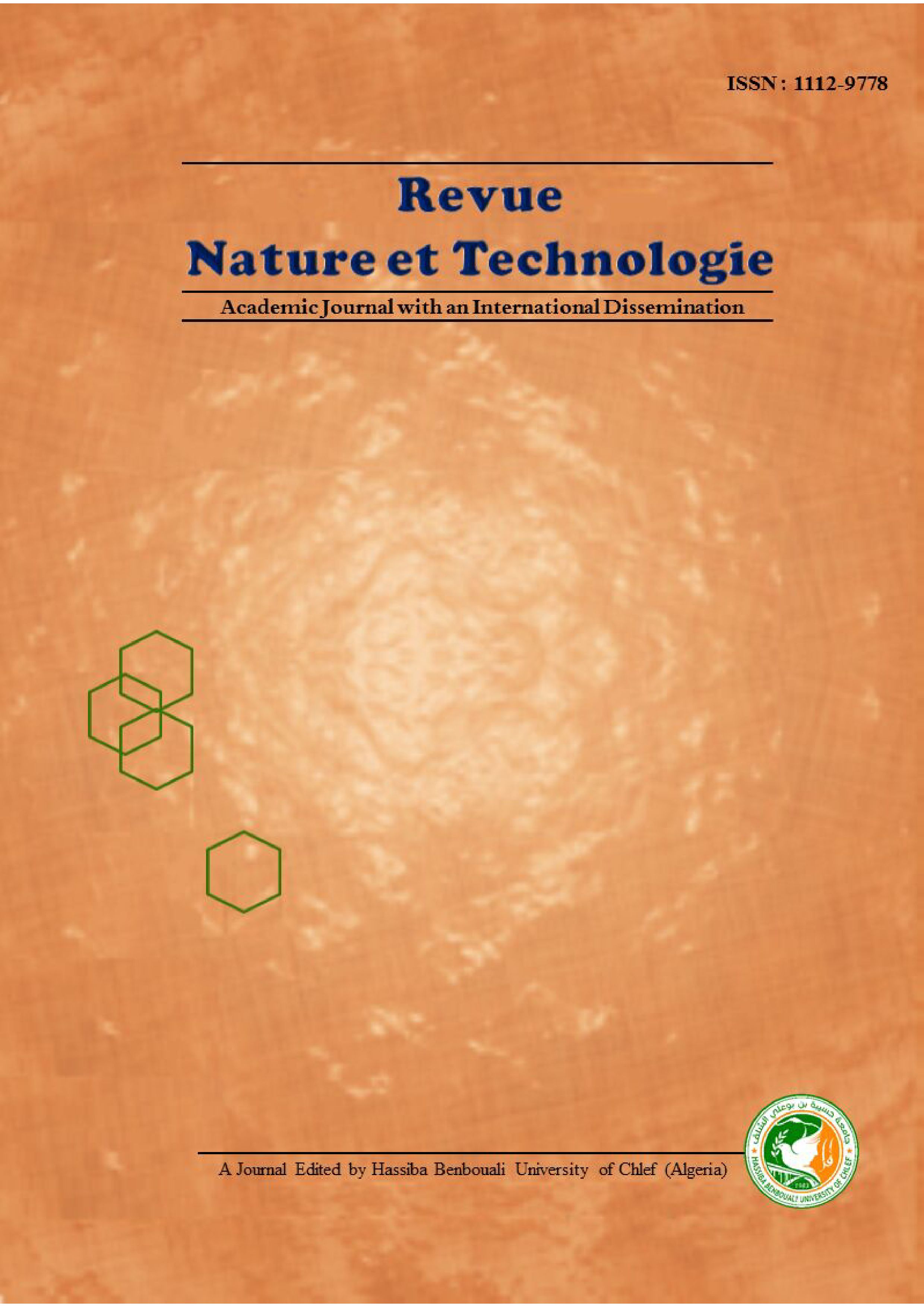Identification Approaches For Steel Strip Surface Defects In Hot Rolling Process
Keywords:
Computer vision, Detection & Classification, Rolling process, Quality & Surface defectsAbstract
In steel manufacturing process, flat products are greatly concerned with the surface quality and the possibilities of its on-line inspection. The visual control is obviously unable to continuously check the surface of the movingproduct, and the control at the ending stage remains not suitable although, it may provide information about process trends and parameters history. So, strip surface defects that are not detected yield to product downgrading or to costly rework operationsfor producer and/or end users. With such needed quality level, steel surface inspection systems are more and more implemented for detecting defects and allowing correction at appropriate time. Based on Computer vision, these applications make a use of detection and classification algorithms to identify these arising defects. The present work is related to a Project of a scientific and economic impact:The Development of an on-line inspection system for strip surface defects identification during the thermo-mechanical treatment in hot rolling process. We asses, in this work, some approaches in labeling each of the defects belonging to a database created for this aim. This Dataset is compound of five, among the most frequent, surface defect types and with 108variants of each one. Obtained results shown the importance of the choice of a relevant image features extractor.





